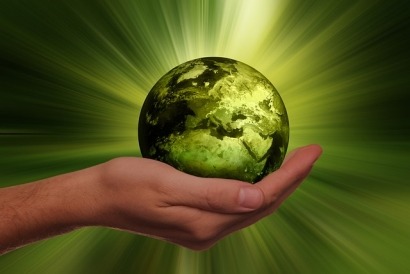
Water heaters can connect to the grid and renewable energy sources to act like external batteries, generating thermal power. It starts by charging water with surplus energy through pumps or electrical elements. It retains heat with insulation to keep heat for long periods. When a building needs power, it controls heat discharge through exchangers.
The process and integration make it naturally synergetic with at-home renewables. Homeowners may choose to generate power at its peak, such as solar during the day, and use stored energy for reduced costs in the evening when demand soars. A 52-gallon heater stores 12 kilowatt hours versus a Tesla battery for seven kilowatt hours.
Knowing how water heaters function, what aspects determine mass-market feasibility for water heaters?
Various aspects of the water heater can impact how well it stores heat from green power. For example, energy loss will be a concern if the materials do not insulate well. Though exchangers and secondary fluids are inherent mechanics for converting thermal energy in water heaters, this process always results in some loss.
Water heaters with higher volume ceilings may take longer to charge, so coordinating energy use could be more intricate. The number of gallons the heater holds also indicates the maximum it can store, which may or may not be enough depending on the home’s habits and lifestyle. Land with more complex energy needs may need supplement energy storage solutions if the water heater is insufficient.
Households can overcome these hurdles with heat loss prevention measures and becoming more familiar with energy consumption habits for smart usage. Flexible scheduling is another option for optimizing charge and discharge windows. It allows the system to overcome potential mismatches in energy demand and lengthy discharge times as fluids warm.
The most famous names in energy storage products have price ranges in the thousands. Therefore, the cost analysis of using a water heater instead makes scaling more accessible. Are water heaters financially viable for households or governments, primarily if institutions advocate for them as resources for families? These are the most significant considerations for pricing:
Upfront investment costs for new water heaters and connecting them to the grid
Price for ancillary integration technologies like monitors and control systems
Maintenance requirements and replacement parts
Efforts in cleaning, flushing and eliminating condensation in the tank
Electricity and clean energy incentives from federal, state or local programs
Usage, energy efficiency and consumption behavior
Application and scale of the structure
Knowledge of time-of-use charging and additional revenue streams like load-shifting
Utilizing found infrastructure instead of placing pressure on the battery industry profoundly impacts the planet and minimizes raw material extraction frequency. Water heaters have a lower carbon footprint than other storage technologies. Its synergy with renewable home generation tech reduces greenhouse gas emissions further by having greater market penetration than more inaccessible and expensive assets.
Water heaters allow smooth energy distribution, preventing usage spikes and curtailment potential. It enables more significant resource conservation and water efficiency because it relies less on central utility providers serving large communities.
Focusing on green water heaters also promotes the discontinuation of gas-powered versions. Replacing gas with electric and combining it with renewable energy is necessary to reach net zero by 2050.
Renewable energy scaling and viability lean on discovering more vessels for found energy storage. This revelation increases the value of water heaters and promotes research into their advancement as an accessible, sustainable asset for widespread decarbonization. It diversifies what is out there besides battery energy storage and opens a window for even more effective storage solutions.

